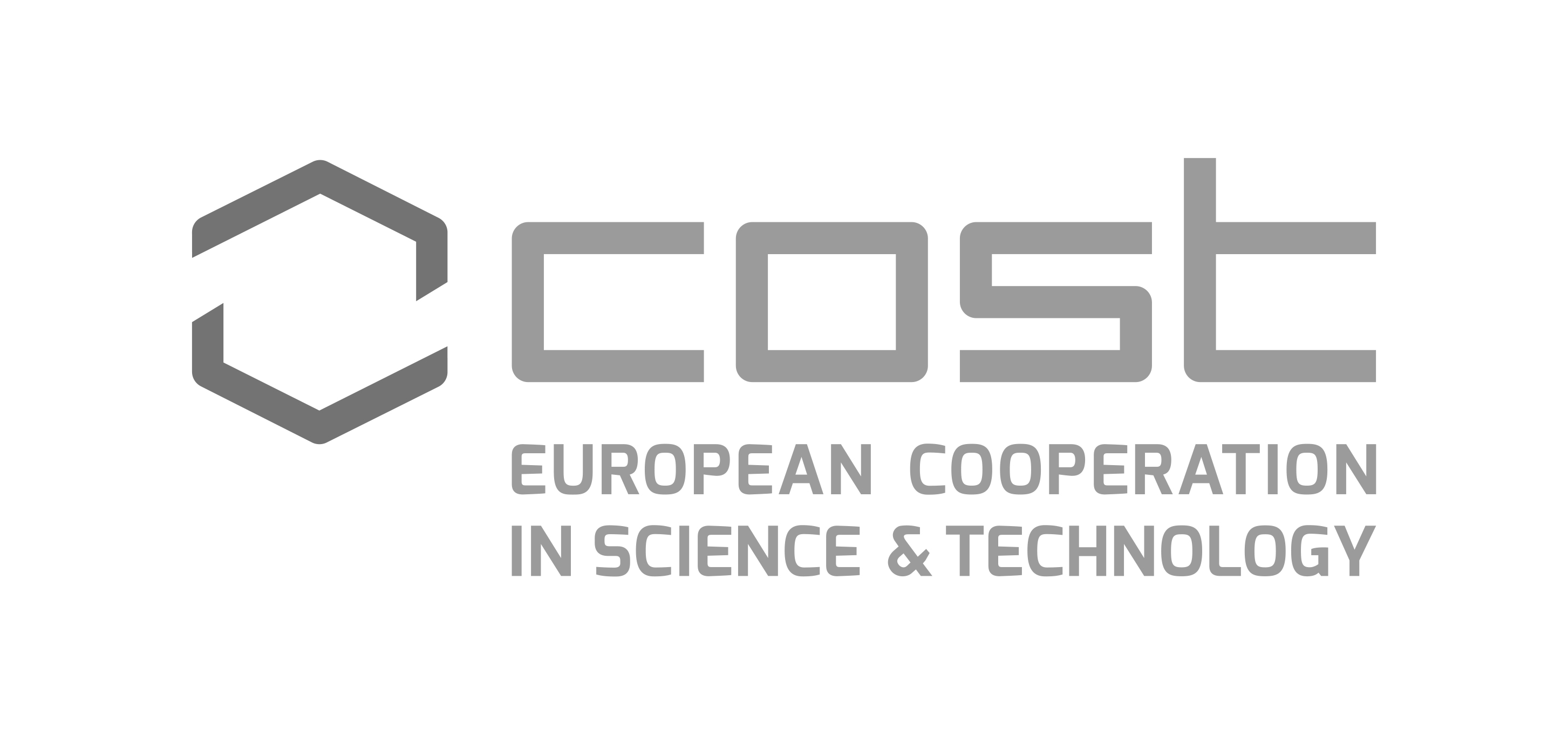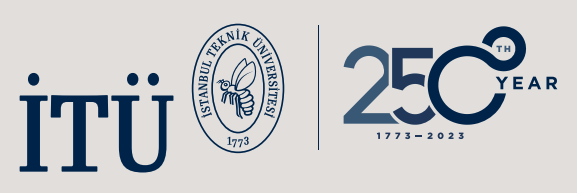- Indico style
- Indico style - inline minutes
- Indico style - numbered
- Indico style - numbered + minutes
- Indico Weeks View
CosmoVerse@Istanbul 2025
→
Europe/Istanbul
Istanbul Technical University
Istanbul Technical University
İTÜ Ayazağa Campus, Rectorate Building, 34469 Maslak-ISTANBUL
Phone:+90 212 285 30 30
Description
Our understanding of the Universe is at a turning point with the predictions of the standard cosmological model and the observations from different surveys are showing tensions in several key areas. The disagreement is expressed in the value of cosmic expansion as well as in the growth of large-scale structure in the Universe. New cosmological surveys, many of which are European, may expose tension in additional areas of the concordance model. The question of cosmological tensions can be confronted in a number of ways. Firstly, survey data needs to be further analyzed for potential systematic uncertainties or biases. Secondly, there have been numerous advances in approaches to data analysis and statistics, some of which provide less dependence on cosmological models to make cosmological parameter estimates. Lastly, there are a plethora of new proposals from fundamental physics which range from novel neutrino physics to dark energy proposals (and others) which may contribute to a solution to the cosmological tensions problem. These represent the three research themes through which cosmological tensions will either be alleviated or resolved.
CosmoVerse@Istanbul 2025 (24 June – 26 June 2025, Management Committee meeting on 27 June) is the third annual conference in a series of conferences that aim to establish a link between the different research areas in cosmology with the main focus on challenges of tensions in cosmological survey data.
This conference is organized within the COST Action initiative CA21136 – Addressing observational tensions in cosmology with systematics and fundamental physics (CosmoVerse).
The first conference called CosmoVerse@Lisbon 2023 took place between 30 May and 1st June 2023. All of the recorded talks and presentations are public and available here. The second conference called CosmoVerse@Krakow 2024 took place between 9 and 11 July 2024. All of the recorded talks and presentations are available here.
The conference is organized together with İstanbul Technical University (ITU) in İstanbul.
You may check your visa requirement status.
Main Topics
● Observational cosmology and Systematics (cross-correlation of data, systematic effects)
● Data analysis (astrostatistics; data science in astronomy; Bayesian analysis; machine learning and artificial intelligence)
● Fundamental Physics (challenge of the cosmological hypothesis, dark energy and modified gravity, neutrino physics, dark energy, and dark matter interaction)
Invited speakers
Angus Wright (German Centre for Cosmological Lensing (GCCL) at the Ruhr Universität Bochum (RUB), Germany)
Asta Heinesen (Niels Bohr Institute, Copenhagen, Denmark)
Brent Tully (University of Hawaii, USA)
Daniel Scolnic (Duke University, Durham, USA)
Eric Linder (Berkeley, USA)
Florian Niedermann (Nordita, Stockholm, Sweden)
Mariam Bouhmadi-López (Basque Foundation for Science, Bilbao, Spain)
Regarding hotel bookings: conference organizers HAVE NEVER AUTHORISED ANY COMPANY to send any requests regarding accommodation or travel. We strongly advise you NOT TO reply to any emails or calls from such companies and we do not accept any responsibility for adverse consequences should you choose to do so.
Your personal data is safe with us but note that just your name and affiliation appearing at the conference web page is sometimes enough for a scammer to find your contact information at your institute's web page.
Venue
The conference will take place in İstanbul at the Maslak Ayazaga Campus of the Istanbul Technical University.
Important Dates
18 November 2024: Registration and abstract submission opens
24 April 2025: Registration and abstract submission deadline
24-26 June 2025: Conference days
24 June 2025: Welcome Drinks/ Boat Trip
25 June 2025: Poster Session and Conference Dinner
26 June 2025: Public Lecture
27 June 2025: CosmoVerse COST Action Management Committee Meeting for members




Participants
Alena Vanžurová
Alessandro Vadalà
Alexander (Oleksandr) Zhuk
Alexander Bonilla Rivera
Alina Mierna
Almila Kura
Amin Aboubrahim
Andrea Cozzumbo
Andrzej Borowiec
Angus Wright
Anna Chiara Alfano
Anna Chiara Ferri
Antonino Del Popolo
Antonino Del Popolo
Antonio De Felice
Antonio Ferreiro
Antonio Quintana
Arif Solmaz
Arman Çam
Asiyeh Habibi
Athanasios Chatzistavrakidis
Batuhan Çil
Behnam Pourhassan
Berat Karadavut
Bilal Arslan
Bilal Bulduk
Brent Tully
Burcu Öztürk
Carmen Ferrara
Chandra Shekhar Saraf
Christian Dioguardi
Cihad Kıbrıs
Daniel Kessler
Davide Pedrotti
Denitsa Staicova
Deniz Nazif Taştan
Dily Duan Yi Ong
Dnyaneshwar Pawar
Dong Ha Lee
Doğa Veske
Dr. Sehrish Iftikhar
Eduardo Guendelman
Eleonora Di Valentino
Elisa Fazzari
Elliot Scott
Elmira Isayeva
Elsa Teixeira
Elvis Baraković
Emir Baysazan
Emmanuel Saridakis
Emre Dalgıç
Emre Onur Kahya
Emre Ozulker
Encieh Erfani
Enes Bal
Enrico Specogna
Eray Genc
Eren Yalçınyiğit
Ferzan Tapramaz
Fotios Anagnostopoulos
Francesco Bajardi
Furkan Şakir Dilsiz
Gaspard Poulot
Geraint Lewis
Gülay Karakaya
Hanyu Cheng
Hatice Güney
Hoda Farahani
igor kanatchikov
ilim irfan cimdiker
Ippocratis Saltas
Ismael Ayuso
İbrahim Semiz
İsmail Deniz Gün
J Alberto Vazquez
Jackson Levi Said
Jana Bogdanoska
Javier Rubio
Jessica Santiago
Jimena Vazquez
Jorge Enrique García-Farieta
Juan Mena-Fernández
Kay Lehnert
Kazım Çamlıbel
Kerim Demirel
Kishan Deka
Kostas Dialektopoulos
Laura Mersini-Houghton
Leandros Perivolaropoulos
Leandros Perivolaropoulos
Lindita Hamolli
Luca Visinelli
Luis Escamilla Torres
László Árpád Gergely
M. Mirac Serim
Mahdi Najafi
Mali Land-Strykowski
Manvi Chauhan
Marcin Postolak
Marco de Cesare
Maria Caruana
Mariam Abdelaziz
Mariam Bouhmadi-López
Marina Aura Dariescu
Martin Krssak
Massimiliano Romanello
Matteo Schulz
Matías Leizerovich
Mehmet Akif Feyizoğlu
Mehmet Cem Güçlü
Mehmet Ozkan
Merab Gogberashvili
metin arık
Mevhibe Dilara Pütkül
Micol Benetti
Milan Dimitrijevic
Minahil Adil Butt
Mine Gokcen
Mohammad Malekjani
Muhammed Kıyami Erdim
Mustafa Gunturkun Kultur
N. Merve Uzun
Narges Heidari
Natascha Riahi
Nese Ozdemir
Nicola Principi
Nicolina Pop
Nihan Katırcı
Nilay Bostan
Nitesh Ghungarwar
Nosratollah Jafari Sonbolabadi
Oliver Oayda
Onur Arman
Pauline Gorbatchev
Pawel Bielewicz
Paweł Siegmund
Pierros Ntelis
Pietro Conzinu
Pilar Ruiz-Lapuente
PRAMOD SANJAY GAIKWAD
Praveen Kumar Dhankar
Rafid H. Dejrah
Raşit Tuğfer Türk
Rebecca Chen
Riccardo Zangarelli
Roza Mercan Eskin
Saboura sadat Zamani
Saeed Pourojaghi
Safiye K. Eker
Salvatore Capozziello
Samira Rahimli
Sanjeeda Sultana
Sarvesh Girish Kulkarni
Savaş Arapoğlu
Selinay Sude Binici
Serkan Doruk Hazinedar
Sinah Legner
Stylianos Adam Tsilioukas
Sunay Aydın
Suresh Kumar
Tekin Dereli
Tolga Birkandan
Umut Emek Demirbozan
Unnikrishnan Sureshkumar
Vedad Pasic
Veljko Vujcic
Vladimir Sreckovic
Wei-Ning Deng
Yaghoub Heydarzade
Yaşar Hiçyılmaz
Young-Wook Lee
Youri Carloni
Yuejia Zhai
Zahra Davari Dolatabadi
Zeynep Su Koç
Ziwen Yin
Álvaro Parra López
Özgür Akarsu
Özgür Toprak Şahin
Şafak Turhan
- +7
Contact
